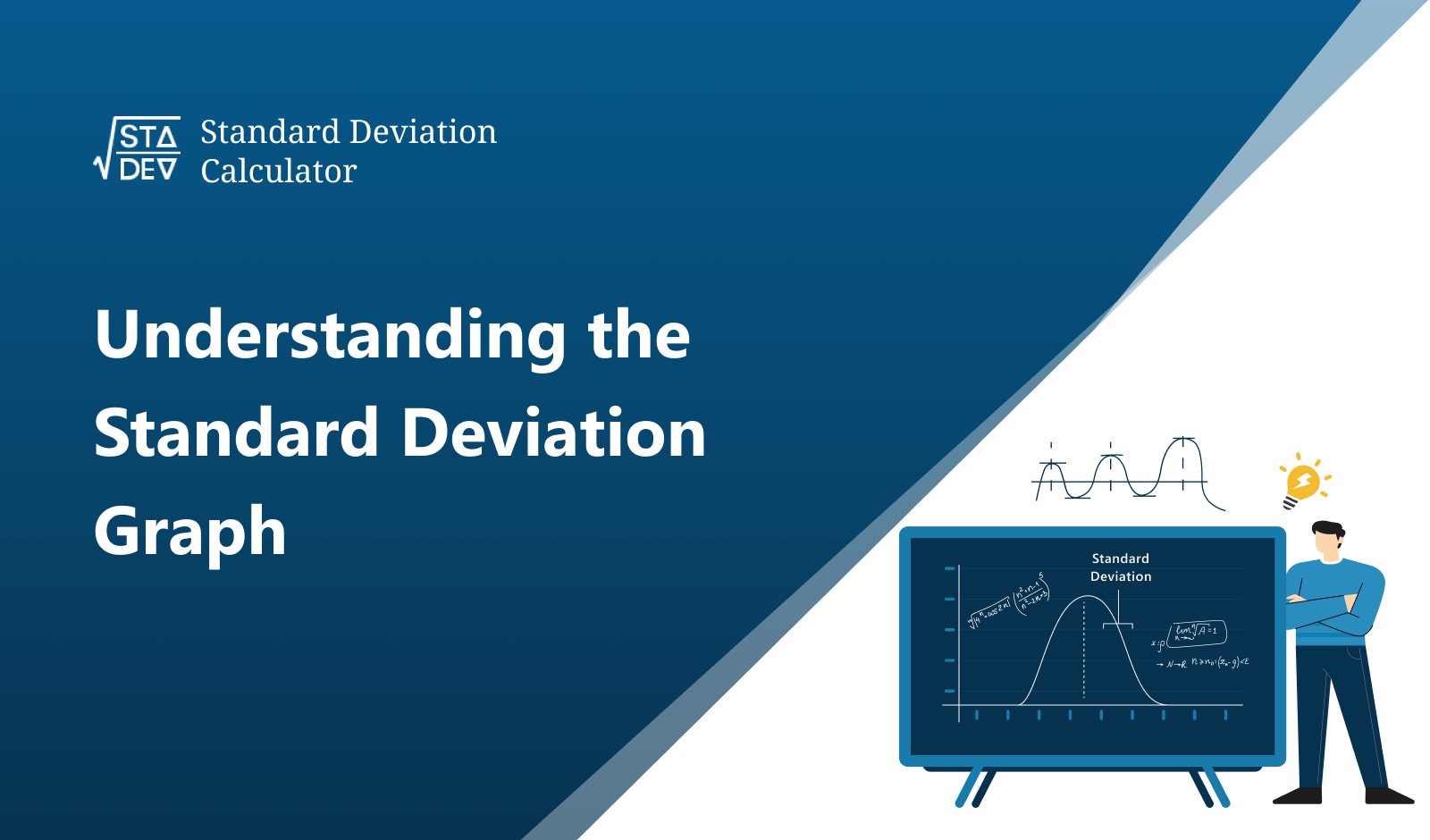Midrange Calculator
Midrange calculator is an online tool that helps to quickly calculates the midrange of a data set or a set of several numbers. It finds the midrange by using the midrange formula and provides a complete step-by-step solution.
Our mid range calculator also provides the maximum and minimum values of the given dataset and arranges all the numbers in ascending order.
What is Midrange?
In statistics, midrange is a common measure of central tendency that used to analyze any dataset. It is calculated by taking the average of the maximum and minimum values, which represent the midpoint of the range.
The midrange shows the central point between the smallest and largest values in a given set of numbers or dataset. Due to this, midrange is also known as mid-extreme of the dataset. However, to calculate the midrange, we use a mathematical formula, explained below.
Midrange Formula
Mid range formula is defined as the arithmetic mean of two numbers (maximum and minimum). Add both and divide by 2, as shown in the formula below:
Mid-Range = (Maximum value + Minimum Value)/2
In statistics, the maximum & minimum values are often abbreviated as “Max” & “Min”, respectively.
How to Find Midrange?
The midrange can be found by calculating the mean of the highest and lowest values of the data. For this, just follow the below simple steps:
- Arrange the data in ascending order (from smallest to largest).
- Identify the “Max” and “Min” values from the ordered dataset.
- Apply the midrange formula by calculating the average of “Max” & “Min” values.
By using the above steps, you will find the midrange of the datasets. However, you can use our midrange calculator, which quickly calculates the accurate midrange value for any set of numbers.
Midrange Examples
Below are some examples with detailed steps to help you understand the concepts and show you how to solve the mid-range of a dataset using midrange formula manually.
Example 1:
Find the midrange of the sample if the data is given as 30, 46, 50, 44, 52, 53, 61, 48, 35, and 51.
Solution:
Step 1: Arrange all the given set numbers in ascending order.
Ordered data = 30, 35, 44, 46, 48, 50, 51, 52, 53, 61
Step 2: Detect the maximum and minimum value from the above-ordered data.
Max = 61, Min = 30
Step 3: Put the values in the midrange formula and simplify it.
Midrange = Max + Min / 2
= (30 + 61)/2
Midrange = 91/2 = 45.5
Thus, the midrange of the above data is “45.5”.
Example 2:
Teacher records the scores of students of the math test (out of 100) that are: 78, 85, 92, 64, 88, and 70. Find the midrange of the scores.
Solution:
Step 1: Arrange all given sets of scores from least to greatest.
Ordered data = 64, 70, 75, 78, 85, 88, 88, 89, 92
Step 2: Detect the maximum and minimum score from the ordered set.
Max = 92, Min = 64
Step 3: Put the values in the midrange formula and simplify it.
Midrange = Max + Min / 2
= (92 + 64)/2
Midrange = 156/2 = 78
So, the midrange score of students is “78”.
Frequent Asked Question:
How to calculate midrange?
To calculate midrange, add the smallest and largest values, then divide the sum by 2 and get the required value. This value gives a quick estimation of the center of the data distribution.
What are the measures of central tendency?
There are four measures of central tendency: mean, median, mode, and midrange. While mid-range is also known as the mid-extreme, which helps to identify the midpoint.
What is the difference between midrange and range?
The midrange is referred to as the midpoint of two values, found by taking the average of the maximum and minimum values. While range measures the spread or distribution of the data, and is calculated by taking the difference of smallest from the largest value.
What is the midrange of 30, 25, 50, 75, 75, and 60?
The midrange of the above data values is “50”, because the minimum is “25”& maximum is “75”, and the mean of both is 50.
Can this Midrange Calculator handle large datasets?
Yes, this Midrange calculator handles every dataset, whether it is small or large. It calculates the midrange for any dataset with percentage, positive, negative, or scientific notation values.







